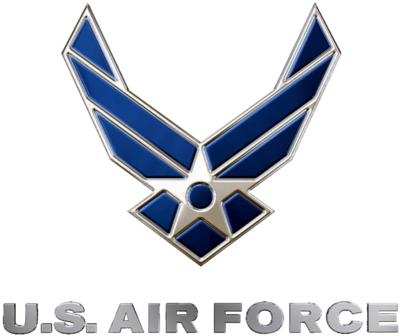Will Test Possible Ways To Improve Squadron Readiness, Encourage Innovation
Air Combat Command officials announced the 366th Fighter Wing at Mountain Home Air Force Base, Idaho, will test a new wing organizational structure.

The experimental structure, initiated by Gen. Mike Holmes, Air Combat Command commander, directs the 366th Fighter Wing to create an organization that will test possible ways to improve squadron readiness, develop unit leaders and encourage innovation. Changes at the wing are expected to start this month.
Command officials contend that an era of re-emerging great power competition requires units to be ready to fight across the entire spectrum of combat. Operations may be decentralized, requiring squadrons to operate with greater independence. Wing commanders may need to deploy to separate locations with staffs that can effectively liaise with joint and service headquarters to direct and support the actions of these dispersed units. The experiment will test whether a new structure at home stations can improve the lethality and readiness of an Air Force combat wing along these lines.
“This experiment is about our desire to improve lethality and create an environment where leaders are empowered to lead and squadron personnel can focus on their core missions,” Holmes said. “This concept should flatten the decision-making structure within wings to encourage faster, decentralized decision-making and to remove some duties from our front-line units.”
The new structure removes group commanders and a vice commander from the wing structure so that squadron commanders report directly to the wing commander. Two deputy commanders will advise and assist the wing commander in guiding and evaluating squadron operations, as well as supporting and deconflicting squadron-level decisions.
The experiment eliminates the existing aircraft maintenance squadron and aligns the aircraft maintenance units for each fighter squadron with those squadrons, providing unity of effort through a director of maintenance having oversight of sortie generation and support for squadron operations.
The structure also provides an A-staff under a chief of staff, who will serve as liaisons for efforts directed by their counterparts at higher headquarters and work issues associated with organizing, training and equipping forces that are not part of any squadron’s core mission. Various squadrons have taken on these responsibilities over time because wings have lacked a dedicated staff of functional experts. The A-staff structure adopts a similar organizational model used by major commands, the Air Force, and joint staffs for functional support of unit operations.
Although the experiment changes the rank and positions of unit personnel, it does not add or subtract from the number of Airmen assigned to Mountain Home AFB.
As part of the experiment, ACC and the 366th FW established working groups of key stakeholders and developed a detailed plan for how the wing will test the new structure over the next two years. Evaluation of the experiment will consist of internal and external assessments of the 366th FW compared to similar units using the current wing-group-squadron structure, conducted by experts in and outside the Air Force.
“This experiment is aimed at revitalizing our squadrons by allowing them to focus on the mission while pushing administrative duties to a wing staff,” said Col. Joseph Kunkel, 366th FW commander. “This puts decision-making authority and accountability for the mission at the squadron level. That’s where we need it to be to build the squadrons and leaders we need for tomorrow’s challenges.”
(Source: USAF news release)
 ANN's Daily Aero-Term (06.03.25): No Gyro Approach
ANN's Daily Aero-Term (06.03.25): No Gyro Approach ANN's Daily Aero-Linx (06.03.25)
ANN's Daily Aero-Linx (06.03.25) ANN FAQ: Turn On Post Notifications
ANN FAQ: Turn On Post Notifications Airborne 05.30.25: Anti-Helicopter Bill, PW Strike Done, All-Electric Bristell
Airborne 05.30.25: Anti-Helicopter Bill, PW Strike Done, All-Electric Bristell Airborne 05.29.25: ATC Bonu$, VX4 eVTOL Flies, Starship 9 Test
Airborne 05.29.25: ATC Bonu$, VX4 eVTOL Flies, Starship 9 Test



